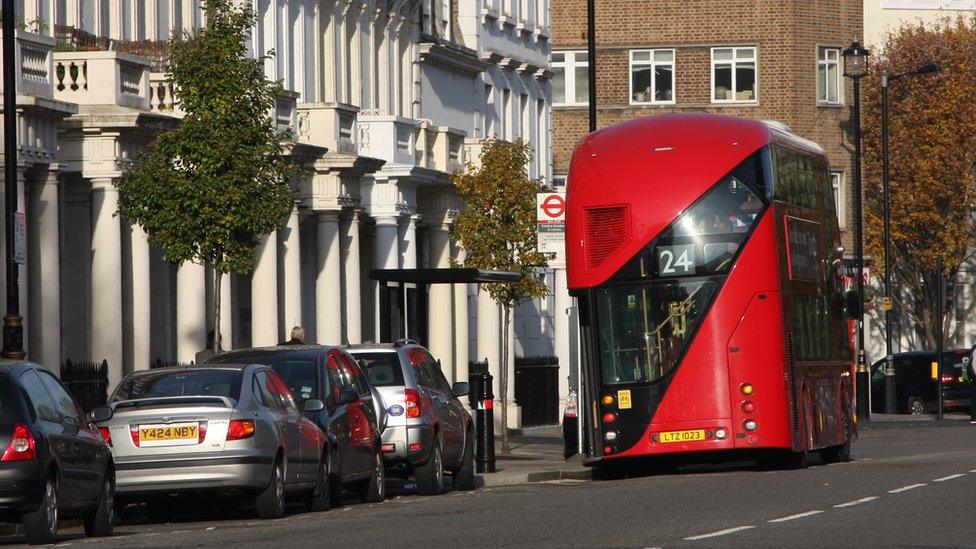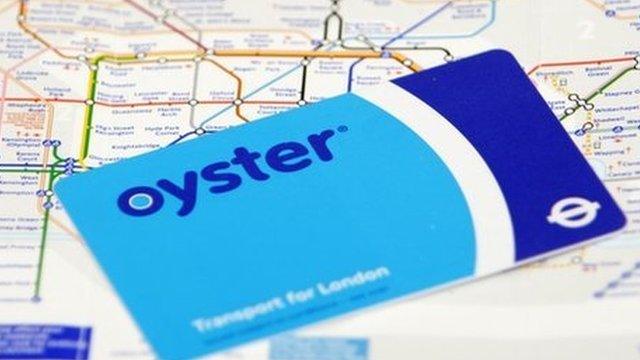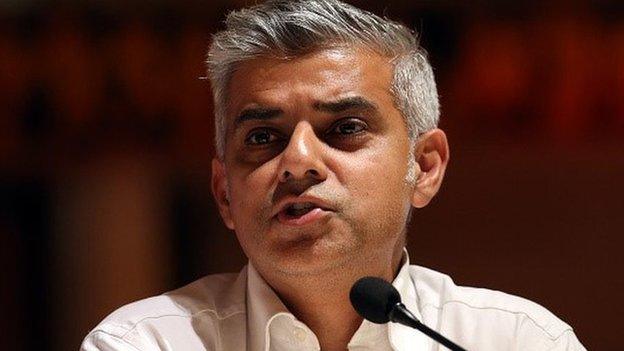TfL's new bus safety plans are 'victory for survivors' says man hit by bus
- Published
Tom Kearney was in Oxford Street standing on the pavement when he was hit from behind by a bus's wing mirror.
It put him in a coma and punctured both his lungs.
For the past six years - along with other survivors - he has been fighting for Transport for London (TfL) to improve its bus safety.
While TfL says the London bus fleet is one of the safest in the world, someone is killed or seriously injured roughly once every two days in an incident involving a bus.
There are 6.5m bus journeys a day and the latest figures from 2014 show 180 people were killed or seriously injured.

Innovative technologies are being considered to stop accidents involving buses and pedestrians
There is no doubt these campaigners have been a thorn in the side of the administration, and today TfL announced new policies to try and make buses safer.
Here is a list of the changes TfL will start to implement:
1) Develop a world leading bus safety standard for London
A range of innovative new technologies is currently being considered.
These include collision avoidance systems, which utilise sensors to warn drivers of potential dangers and trigger Automatic Emergency Braking systems, and Intelligent Speed Adaption, which is currently being trialled on our buses.
Other potential design innovations include improving wing mirror design and windscreen glazing to reduce the impact of any collision.
The latest safety technologies and products will be developed and tested by manufacturers on London buses throughout 2016 and incorporated into new buses delivered from September 2017.
2) Update TfL's bus contracts to include new safety incentives
Over the next three months TfL will be updating its bus contracting system and will develop incentives to encourage an even greater focus on safety.
3) Provide a UK first Incident Support Service for those affected by fatal or serious injuries
In order to provide a better service to those affected by a fatal or life-changing injury on the transport network, TfL is creating a UK first Incident Support Service within its Customer Services Team, which will be available from April 2016.
4) Publish additional bus collision data and making it more accessible
TfL began publishing bus safety statistics on its website in June 2014 to further improve transparency for customers and other stakeholders.
Initially, details of incidents resulting in a fatality or injury requiring hospital attendance were published.
Last year, TfL extended this to publication of all incidents resulting in any form of injury.
A new web page will also link to the London Collision Map, which highlights when and where bus collisions have occurred.
5) Provide greater transparency on bus collision investigations
For the first time, TfL will clearly set out how fatal and serious injury collisions on the bus network are investigated and the processes that are followed by TfL, the bus operators and the police.
In addition, TfL will be reporting annually on the legal outcome of all fatal and serious bus collisions.

Bus drivers will be given new safety training, says TfL
6) Provide a new safety training module to all 24,700 drivers
TfL continues to invest in the most stringent bus driver training in the UK.
By the end of 2016 bespoke 'In the Zone' training will have been delivered to all 24,700 bus drivers in the capital.
It is hoped that over time the training will encourage drivers to make small but significant adjustments in the way they assess risks and that this will lead to a reduction in the number of incidents on London's roads.
The training will form part of the City & Guilds qualification that is compulsory for all new drivers and replaces the BTEC qualification from April 2016.
'Whistle-blowing software'
Darren Johnson, from the Green Party on the London Assembly said:
"It was good news when the mayor told me he planned to rollout confidential whistle-blowing software on all buses, and I'm equally pleased that TfL will now include safety incentives in bus contracts.
"That must mean an explicit focus on reducing the number of people killed or seriously injured by London buses."
Tom Kearney told me today this was a "victory for survivors".
- Published29 January 2016
- Published10 December 2015

- Published2 January 2015

- Published11 September 2015
